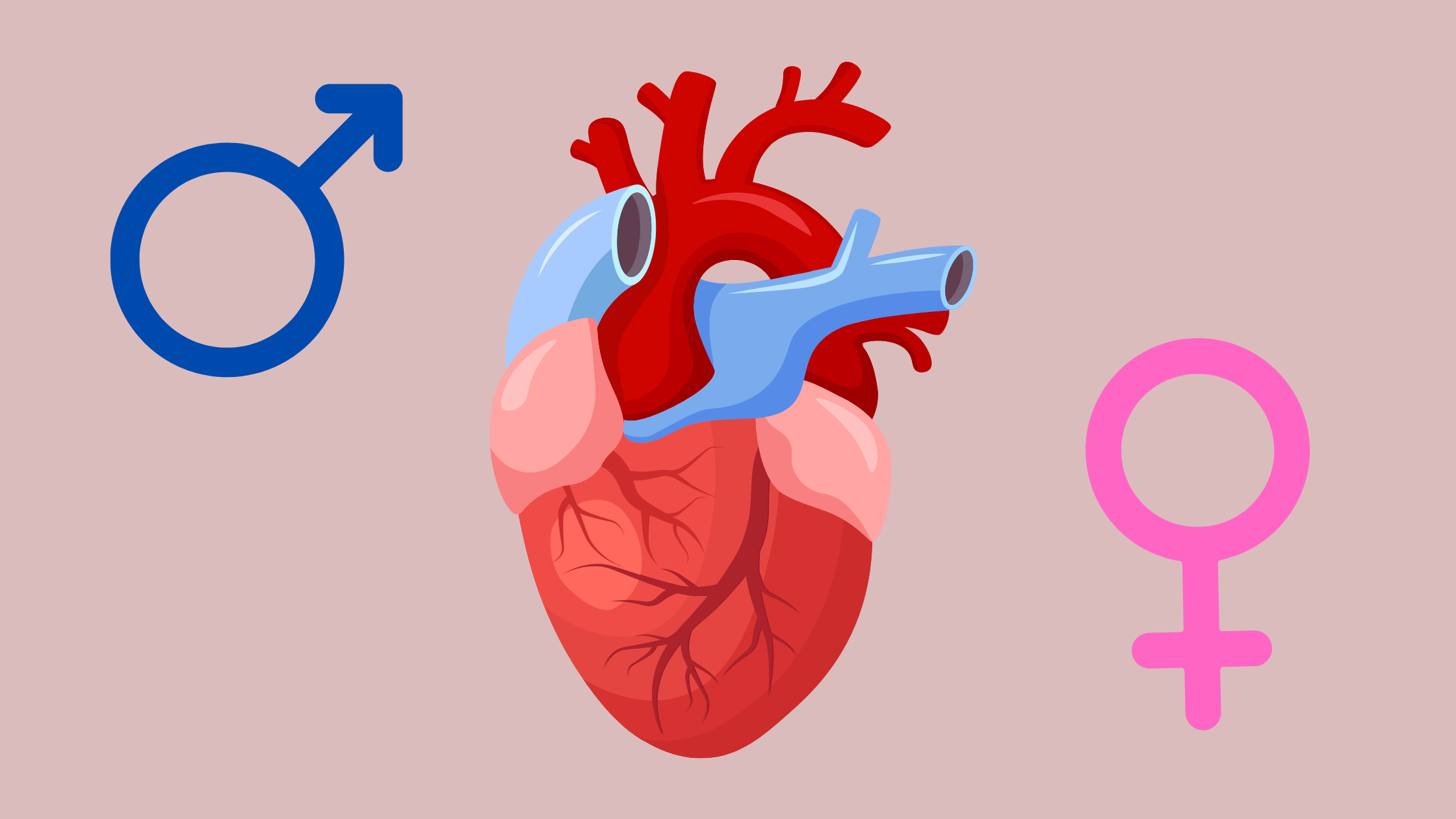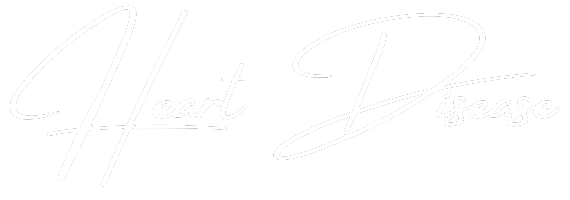
Heart symptoms are often misunderstood in female patients. Some women experience fatigue and nausea instead of chest pressure. Unlike men, they may not feel a crushing chest pain. They could describe a sense of discomfort or heaviness. The symptoms sometimes mimic indigestion or anxiety. This leads to delays in seeking emergency care. Women tend to wait longer before visiting a hospital. That waiting period often increases the risk of complications.
Plaque buildup in small arteries is harder to detect in routine exams
Not all blockages occur in large coronary vessels. Plaque buildup in small arteries is harder to detect in routine exams. This condition is called microvascular disease. Women are more likely to suffer from it than men. Standard angiograms may appear normal despite active disease. This diagnostic limitation causes under-treatment in many cases. Specialized imaging or stress tests are required. The underlying inflammation often goes unrecognized for months.
Estrogen levels influence vascular health and may offer protection before menopause
Hormones play a significant role in cardiovascular differences. Estrogen levels influence vascular health and may offer protection before menopause. This hormone supports artery flexibility and reduces bad cholesterol. However, the risk rises sharply after menopause. The drop in estrogen changes lipid profiles and vessel response. Postmenopausal women often develop high blood pressure. These changes may not be immediately noticeable. Silent progression contributes to late diagnoses.
Younger women are sometimes misdiagnosed because they don’t fit the typical risk profile
Age and gender bias affect diagnosis patterns. Younger women are sometimes misdiagnosed because they don’t fit the typical risk profile. Physicians may dismiss symptoms as stress or panic attacks. Electrocardiogram results might not reveal subtle changes. Women might present with neck pain, back pain, or jaw tightness. These nontraditional symptoms complicate quick recognition. Misdiagnosis is more likely in emergency settings. Timely intervention becomes harder to achieve.
Autoimmune diseases increase cardiac risk and are more common in women
Underlying conditions also shape risk profiles. Autoimmune diseases increase cardiac risk and are more common in women. Lupus and rheumatoid arthritis cause systemic inflammation. That inflammation damages blood vessels over time. The constant immune activity accelerates plaque formation. Doctors may overlook these links during assessments. Even mild disease flares can impact heart function. Holistic treatment requires coordination between specialists and cardiologists.
High blood pressure in pregnancy can predict future cardiovascular issues
Reproductive history provides important clinical insights. High blood pressure in pregnancy can predict future cardiovascular issues. Conditions like preeclampsia indicate underlying vascular vulnerability. Women with such complications face higher long-term cardiac risk. Yet they rarely receive postnatal heart screenings. The connection between obstetric history and heart health is underemphasized. Pregnancy acts as a natural stress test for the heart. Monitoring during and after pregnancy is crucial.
Depression and anxiety show stronger links to cardiac events in women
Mental health shapes physical outcomes differently by gender. Depression and anxiety show stronger links to cardiac events in women. These emotional states activate stress pathways involving cortisol. Chronic stress raises blood pressure and disrupts metabolism. Women often internalize stress more than men. They report fatigue, poor sleep, and reduced appetite. These symptoms worsen adherence to preventive care. Cardiologists rarely assess mental health systematically.
Physical activity improves heart function but compliance differs between genders
Lifestyle interventions show unequal uptake. Physical activity improves heart function but compliance differs between genders. Women often face more barriers to consistent exercise. Household duties, caregiving, and time constraints reduce opportunities. Exercise routines are sometimes discouraged during cultural life stages. Healthcare advice might not address these limitations directly. Cardiovascular rehabilitation programs show lower female participation. Custom plans with flexibility could change that trend.
Cholesterol-lowering drugs are effective but underprescribed to eligible women
Medication access and usage patterns show disparities. Cholesterol-lowering drugs are effective but underprescribed to eligible women. Many women fear side effects or discontinue use early. Some are never offered treatment despite high LDL levels. Risk calculators might underestimate their 10-year probability. Misperceptions about heart disease as a male condition persist. Women benefit equally from statins and beta-blockers. Proper dosing requires ongoing follow-up.
Delayed recognition continues to affect outcomes across healthcare systems
Systemic factors influence outcomes. Delayed recognition continues to affect outcomes across healthcare systems. Public health campaigns often use male symptom models. Medical training still emphasizes male-pattern heart attacks. Insurance guidelines sometimes ignore gender-specific risk indicators. Research studies have fewer female participants historically. These gaps lead to fewer tailored treatments. Increased awareness and education remain necessary for equity.
